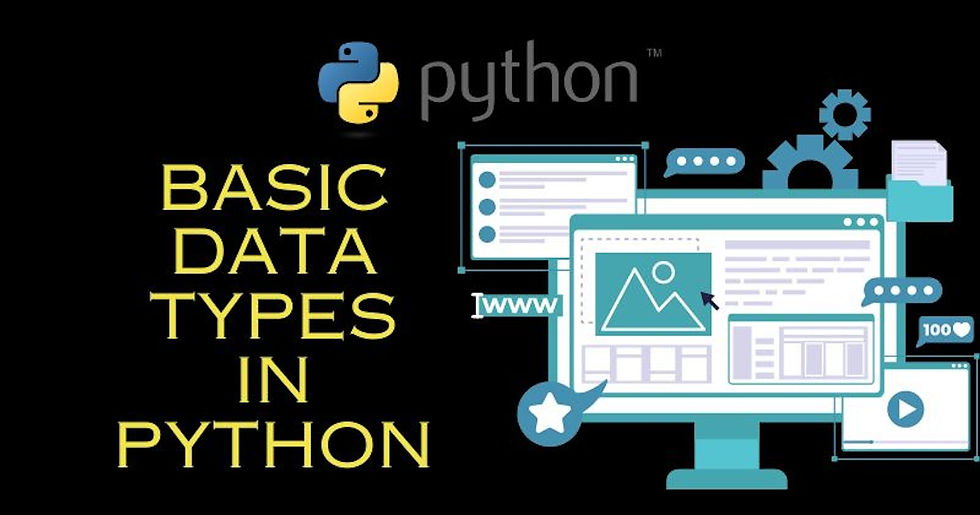Future Directions of Data Science in the Insurance Industry
- offpagework1datatr
- Mar 31, 2023
- 3 min read

The insurance industry is looking towards the future and focusing on how data science can help improve customer experiences, create better risk management insights, detect fraudulent activity, and maintain compliance. As a result, the future for data science in the world of insurance is brighter than ever.
Data analysis is at the forefront of these changes. With more data available than ever before, insurance providers can use predictive modelling to accurately predict customer behaviour and develop more personalized business strategies. This allows them to target specific customers with tailored services that meet their unique needs.
Automation and artificial intelligence (AI) are also playing a major role in data science in the insurance industry. By leveraging AI technologies, insurers can drastically reduce manpower costs while still improving customer experiences. Additionally, AI tools can be used to automate certain processes such as risk assessment or customer segmentation – allowing them to save time and money while improving accuracy and producing greater insights into customer behaviour.
In terms of improved customer experience, data science enables insurers to build deeper relationships with their customers by understanding their needs better and providing services that meet those requirements. By creating accurate predictive models based on past customer behaviour, insurers are able to understand which products or services would best suit each individual customer and tailor their offerings accordingly.
Data science also brings valuable insights into risk management. Insurers utilize sophisticated analytics techniques such as anomaly detection or regression modelling to identify potential risks ahead of time – allowing them to stay ahead of any potential problems before they arise. These analytics tools also provide a better understanding of the underlying factors affecting risk assessment so insurers can make more informed decisions about who they should insure and what levels of coverage are needed for each customer or type of policy-holder.
Benefits of Data Science for the Insurance Sector
Data science also helps insurers to develop better risk assessment models. This allows them to analyse customer data much more extensively and accurately than before. These assessments help insurers determine the level of risk appropriately, leading to more accurate policy pricing. Insurers can also use machine learning algorithms to detect fraudulent claims quicker and with more precision than manual methods ever could.
Lastly, the introduction of predictive analytics has enabled insurers to establish long-term relationships with their customers by personalizing products according to individual needs and lifestyles. Through data analysis they can understand each customer's requirements better and customize existing services or create new products that would work best for them.
To sum up, data science is a powerful tool that can be leveraged in many different ways throughout the insurance industry – from automating processes through increased efficiency and accuracy, improving risk assessment models or using predictive analytics for personalized service offerings. The future of data science in insurance looks very promising indeed!
Challenges Faced by the Insurance Industry with Data Science
Data Sources: One of the biggest challenges when working with data science is gathering vast amounts of data from disparate sources. This includes traditional sources like medical records, customer surveys, and market research as well as new sources like social media, web traffic, and sensor data.
Data Integration: Once the raw data has been obtained, it must be integrated into unified datasets in order to be meaningful for machine learning and analytics applications. This requires cleaning and normalizing the data so that it can be utilized with AI models.
Quality of Data: It is important that the quality of the collected data is high in order to get accurate insights from models. The higher the quality of the data used in training algorithms, the more reliable results they will produce.
Compliance Regulations: Another challenge faced by insurance companies is making sure that their use of data remains compliant with regulations such as GDPR or HIPAA. Companies must ensure that their use of third-party APIs and databases adheres to these laws or else face hefty fines or jail time.
Business Objectives: Insurance companies need to align their use of ML/AI models with their business objectives so they can better identify trends, improve customer service, and reduce costs. Companies should set clear goals for their analytics projects so they know what success looks like beforehand.
Analytics & ML Usage: Insurance companies can leverage a range of analytical techniques such as linear regression or neural networks to gain insights.



Comments